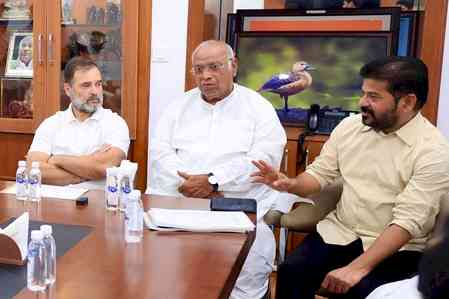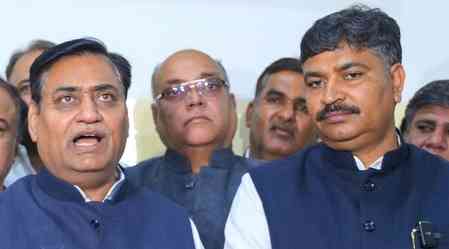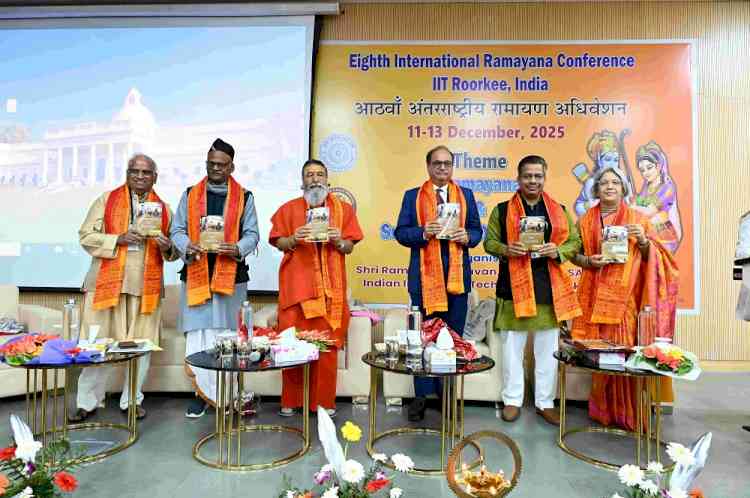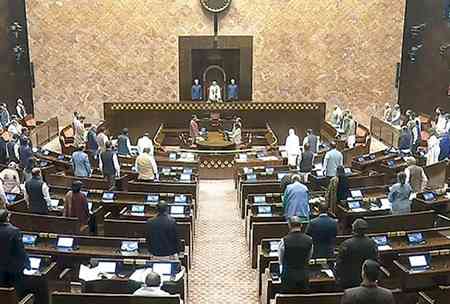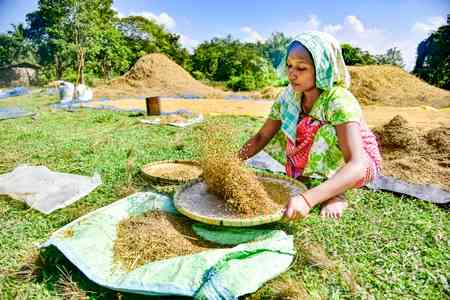Rising PM2.5 load in Mumbai's air spurs 'silent health crisis': Experts
As the Maharashtra government and the BrihanMumbai Municipal Corporation fret and fume to control the atmospheric pollution levels in Mumbai and other cities, top medical experts warn that bad air can lead to multiple health issues, including cancer, heart complications and diabetes among the citizens.

Quaid Najmi
Mumbai, Nov 11 (IANS) As the Maharashtra government and the BrihanMumbai Municipal Corporation fret and fume to control the atmospheric pollution levels in Mumbai and other cities, top medical experts warn that bad air can lead to multiple health issues, including cancer, heart complications and diabetes among the citizens.
After the exit of the monsoon, the past two months have seen Mumbai, Thane, Pune and other places in the state virtually gasping for a breath of clean air owing to record pollution levels.
This has alarmed not just the establishment and common citizens but even medicos like Dr Divya Singh, co-founder of the NGO Maaiya Social Front Foundation and Dr Arbinder Singal, CEO of Fitterfly, who interacted with IANS.
“Mumbai is known for its bustling energy levels, but is currently facing a ‘silent health crisis’ as the air quality has spiked to dangerous levels in the past few weeks,” said Dr Singh, who is also a senior surgeon with Ram Manohar Lohia Hospital in New Delhi.
She said that the past few weeks have seen Mumbai’s Air Quality Index (AQI) hovering around 200, and data from monitoring stations showed that some pockets have recorded double or triple the permissible levels of particulate pollutants.
Concurring, Dr. Singal said that as per a survey by the World Health Organisation (WHO) and the BMC’s Health Department, of the 5,199 citizens interviewed from August-December 2021, every third person suffered from high blood pressure and one in five had diabetes.
“Plus, around 15 per cent of those surveyed were borderline diabetes cases and eight percent suffered from both high blood pressure and diabetes,” said Dr Singal.
The current PM2.5 concentration in Mumbai is 2.9 times above the recommended limits of the WHO’s 24-hour air quality guidelines value with Carbon Monoxide, ozone and nitrogen being among the major pollutants -- making the air virtually toxic, said experts.
Dr Singh said that with the AQI breaching the danger threshold, Mumbaikars from children to senior citizens are increasingly vulnerable to a range of respiratory problems by breathing unclean air.
“Those exposed to high levels of air pollution face the risk of worsening respiratory symptoms like coughing, wheezing, and breathlessness. For those with pre-existing conditions like asthma and chronic obstructive pulmonary disease (COPD), the severely polluted air can trigger more frequent and severe exacerbations,” said Dr Singh.
With Mumbai air pollution exceeding that of Delhi in recent times, Dr Singal said that it poses greater health challenges and underscores the urgent need for Mumbaikars with Type 2 diabetes to safeguard their health.
“Studies have indicated that exposure to the city’s elevated air pollutants, like the PM and Nitrogen Dioxide, can contribute to Insulin resistance and systemic inflammation, thus escalating the risks for such Type 2 diabetes,” warned Dr. Singal.
For those already diagnosed, such heightened pollution levels can worsen their condition, leading to increased blood sugar levels and potential cardiovascular complications, Dr Singal added.
Dr Singh said that long-term exposure to air pollution is directly linked with "a decline in lung functions, potentially leading to compromised respiratory health” over a period of time.
“Besides, air pollution erodes the respiratory system’s defences, rendering the individuals more susceptible to respiratory infections and disorders, including chronic bronchitis and even lung cancers,” said Dr. Singh.
Dr Singal and Dr Singh suggest precautions like remaining indoors during peak pollution times, utilising air purifiers, balanced diet with regular physical activity, the government, environment groups and the commoners collaborating for the aim of reducing emissions, promoting public transport, adopting clean energy solutions and stricter regulations with stringent enforcement for industrial emissions, etc.
(Quaid Najmi can be contacted at [email protected])


 IANS
IANS 

